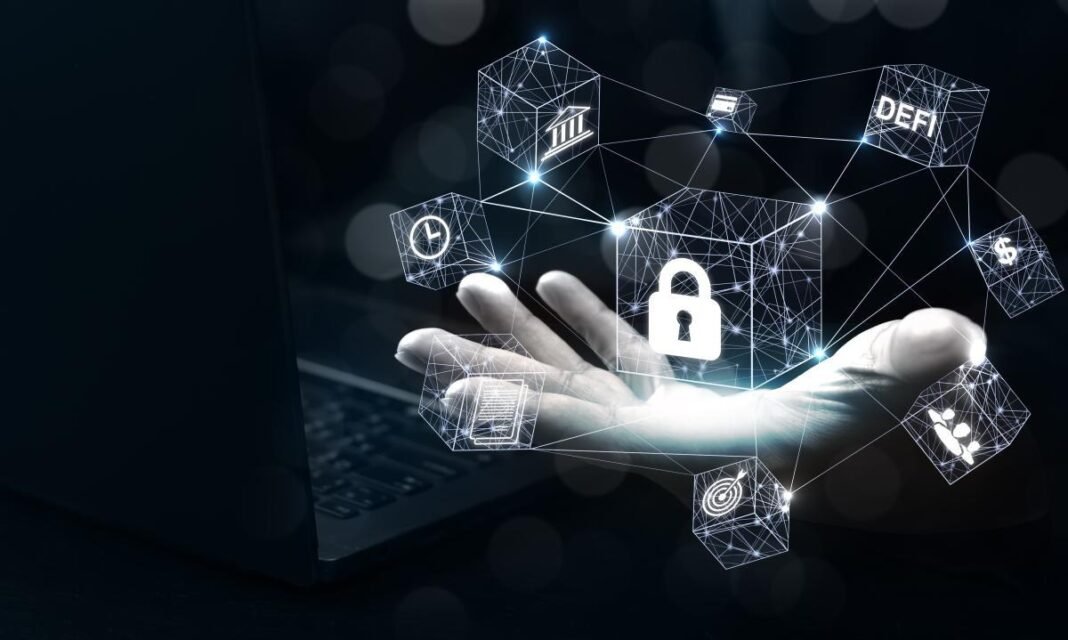Market Pulse
In a significant development poised to reshape the digital asset landscape in one of the world’s largest economies, the Madras High Court in India has formally classified cryptocurrency as ‘property’ under existing legal frameworks. This landmark ruling, issued on October 26, 2025, provides much-anticipated clarity for millions of crypto holders and sets a crucial precedent for the recognition and regulation of digital assets within the Indian subcontinent and potentially beyond. It signals a maturing approach by judicial bodies towards an asset class that has long operated in a legal gray area, paving the way for clearer frameworks on taxation, inheritance, and ownership.
A Pivotal Judicial Declaration
The Madras High Court’s decision stems from a case seeking clarity on the legal standing of digital currencies. By designating cryptocurrency as ‘property,’ the court has granted it legal recognition akin to traditional assets like real estate, stocks, or gold. This means that, for legal purposes, crypto assets can now be owned, transferred, inherited, and potentially seized, subject to the country’s existing property laws. This move significantly bolsters the legitimacy of crypto holdings, moving them from speculative instruments to recognized legal assets with tangible rights and obligations attached to them.
- Legal Recognition: Cryptocurrencies are now formally recognized as ‘property’ under Indian law.
- Ownership Rights: Holders gain clearer legal rights regarding possession, transfer, and disposal of their digital assets.
- Precedent Setting: The ruling provides a strong judicial precedent for other courts and regulatory bodies.
Implications for Taxation, Inheritance, and Regulation
The classification of crypto as property carries profound implications, particularly for financial and regulatory bodies. While the ruling itself is not a new tax law, it provides a foundational legal basis upon which the Indian government can build more comprehensive taxation policies. Investors and traders can expect more defined guidelines on capital gains, wealth taxes, and even Goods and Services Tax (GST) as crypto transactions become more formalized. Furthermore, the ruling simplifies matters of inheritance, allowing digital assets to be explicitly included in wills and estate planning, thereby reducing disputes and providing security for beneficiaries.
This judicial clarity is expected to accelerate the development of a comprehensive regulatory framework for digital assets in India. Policymakers now have a clearer legal foundation to draft legislation addressing issues such as consumer protection, anti-money laundering (AML), and know-your-customer (KYC) requirements, potentially fostering a safer and more transparent crypto ecosystem.
Read More: Bitplanet Buys Bitcoin: 10,000 BTC Reserve Starts
Paving the Way for Mainstream Adoption and Institutional Interest
For the crypto industry, the Madras High Court’s ruling is a massive confidence booster. Legal certainty is a critical factor for institutional investors who often shy away from markets lacking clear regulatory guidelines. With crypto now firmly established as property, major financial institutions, wealth managers, and corporate treasuries in India might find it easier to justify allocations to digital assets. This could unlock a new wave of capital and innovation, pushing India closer to becoming a global hub for responsible crypto adoption.
- Increased Investor Confidence: Legal clarity encourages both retail and institutional participation.
- Regulatory Roadmap: Provides a legal backbone for future governmental crypto policies.
- Global Impact: Could influence similar legal considerations in other emerging markets.
Conclusion
The Madras High Court’s declaration that cryptocurrency is ‘property’ marks a monumental step in India’s journey towards integrating digital assets into its financial and legal mainstream. While challenges remain in crafting the full regulatory and taxation policies, this ruling provides the much-needed legal bedrock. It signals a pragmatic recognition of crypto’s enduring presence and potential, fostering an environment of greater certainty and potentially propelling India into a new era of digital asset adoption and innovation. The global crypto community will undoubtedly be watching closely as India navigates these new legal waters.
Pros (Bullish Points)
- Establishes clear legal standing for crypto assets, aiding ownership and inheritance.
- Paves the way for clearer tax frameworks and reduced regulatory uncertainty, attracting institutional interest.
Cons (Bearish Points)
- Could lead to increased scrutiny and potential for new, more stringent taxation policies.
- Implementation challenges and varied interpretations across different jurisdictions within India may arise.
Frequently Asked Questions
What does classifying cryptocurrency as 'property' mean?
It means cryptocurrencies are legally recognized assets under Indian law, similar to real estate or stocks, with rights and obligations tied to their ownership.
How will this ruling affect crypto taxation in India?
While not a tax law itself, it provides a legal basis for clearer tax regulations, likely subjecting crypto to capital gains or other property-related taxes as determined by future legislation.
Does this ruling legalize all crypto activities in India?
It legitimizes crypto as a recognized asset class, providing a legal foundation. However, comprehensive regulation for specific crypto activities (e.g., exchanges, DeFi) is still anticipated and not fully covered by this ruling.





